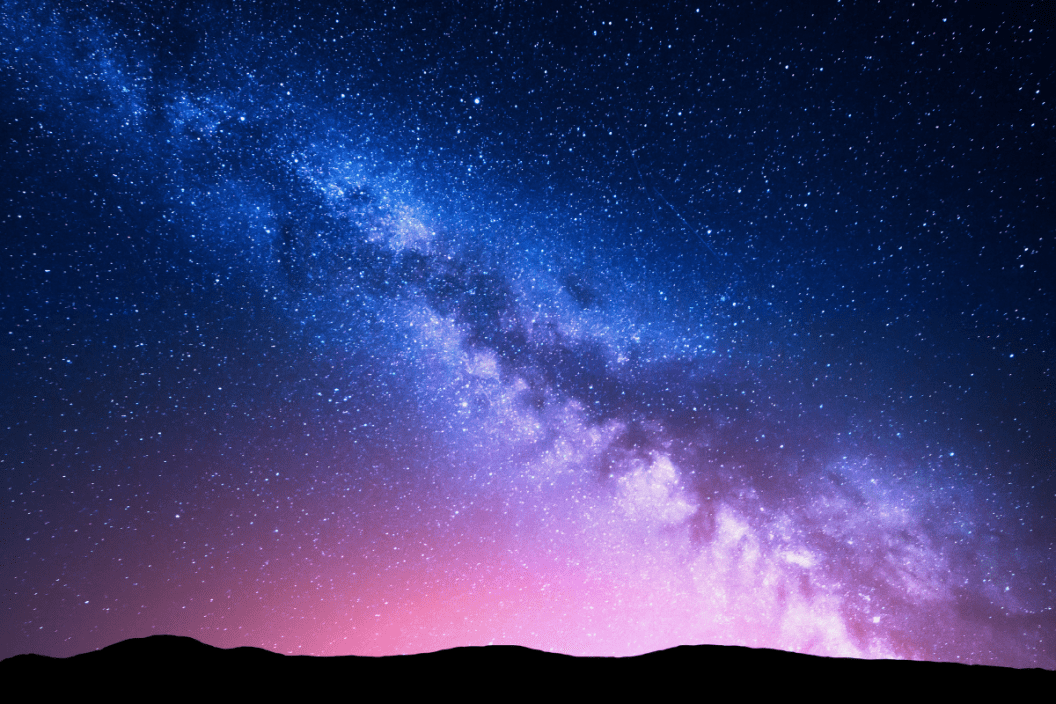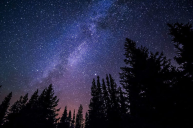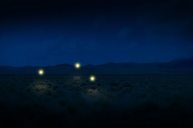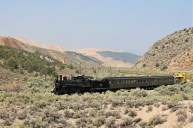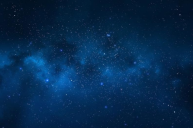Editor's Note: This article was originally published in 2020. We're sharing it again as part of our month long celebration of Texas.
Do you want to head down to Texas for a glimpse of outer space? Chances are most people assume the best place in the Lone Star State to learn about space is in Houston, the home of NASA. And they wouldn't be wrong! But it's not the only spot in the state to feel like you're amongst the stars. If you're a stargazer obsessed with staring at the night skies, there are few better places in the United States to visit than the McDonald Observatory, located on Mount Locke in the Davis Mountains, 6,790 ft above sea level in West Texas. There's no better place on Earth to check out the Milky Way.
Texas banker William Johnson McDonald endowed the McDonald Observatory upon his death in 1926. McDonald left $1,000,000 to the University of Texas in his will, which was the bulk of his fortune. His family contested the donation in court, and after a long legal battle, the University of Texas received about $800,000. McDonald had noted that he wanted his money to go toward astronomical observations, and once UT received the money, construction began. In 1939, the observatory officially opened, and Texas became a window to the universe.
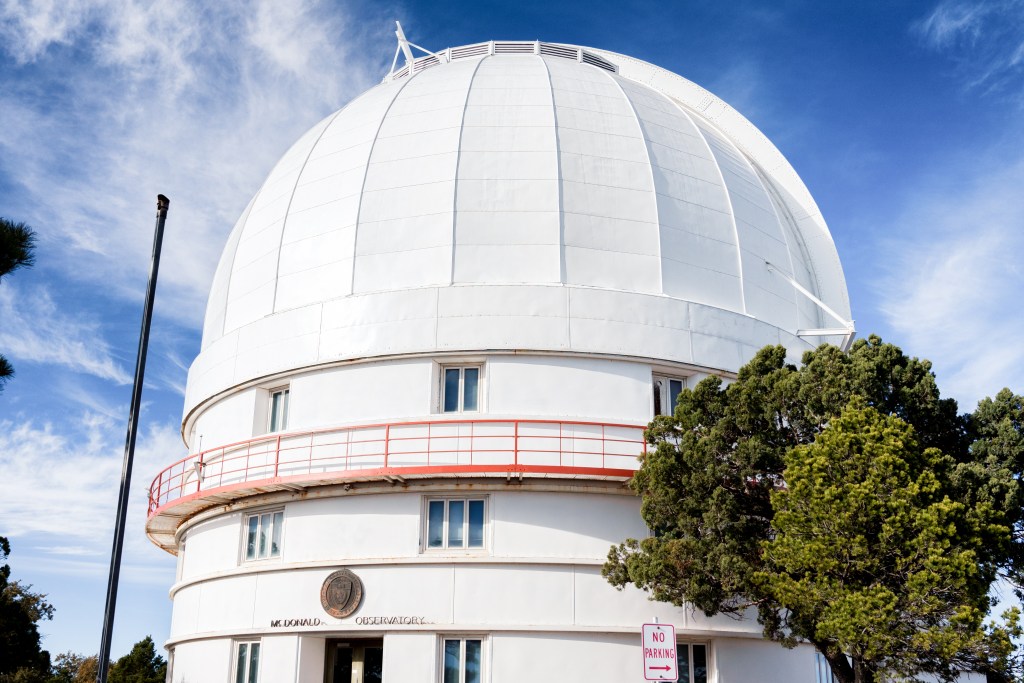
Getty Images
Though built by the University of Texas, the McDonald Observatory was run by the University of Chicago under contract until 1960, when UT took over running the facility and astronomical research. Now owned and operated by the University of Texas at Austin Department of Astronomy, the McDonald Observatory boasts several impressive telescopes, including the Rebecca Gale Telescope, the Otto Struve Telescope, the Harlan J. Smith Telescope, and the Hobby-Eberly Telescope, which is one of the largest telescopes in the world. The facility conducts some incredibly exciting research with the telescope, including the Dark Energy Experiment, which is focused on uncovering information about dark energy and dark matter.
Starting in the Frank N. Bash Visitors Center the McDonald Observatory takes its visitors on a tour of the dark skies in our universe from its telescopes to its daytime solar viewings and star parties, the latter being early evening guided viewings of constellations and other celestial objects that are attended by anywhere from 250 to a thousand guests. You might not get to catch a glimpse of any UFOs while you're out staring at the night sky in West Texas, but you're definitely going to see a side of the universe you never imagined.
So if you're visiting Texas, between eating mountains of brisket and breakfast tacos, catching a rodeo or enjoying the Friday night lights of a high school football game, head out west up to Mt. Locke and go on a journey into the stars. Bring a friend, go on a stardate! Of all the things you could do throughout the great state of Texas, somehow, this trip to Fort Davis might be your most memorable.
